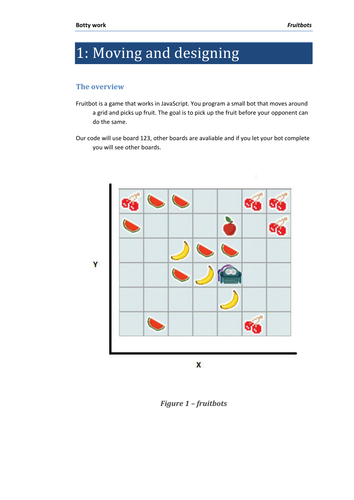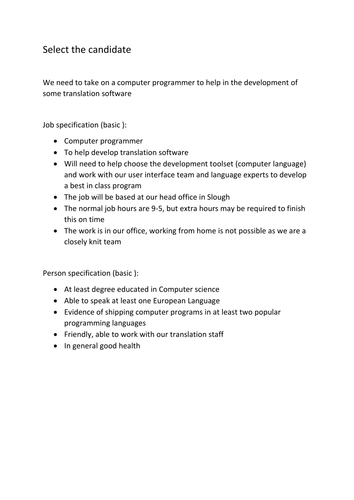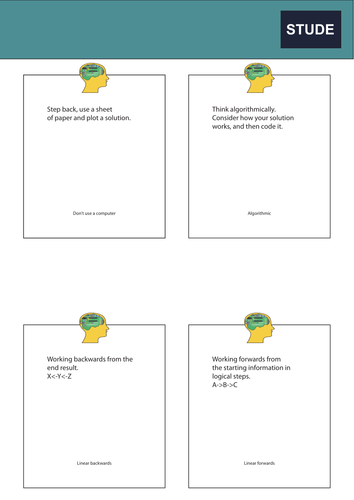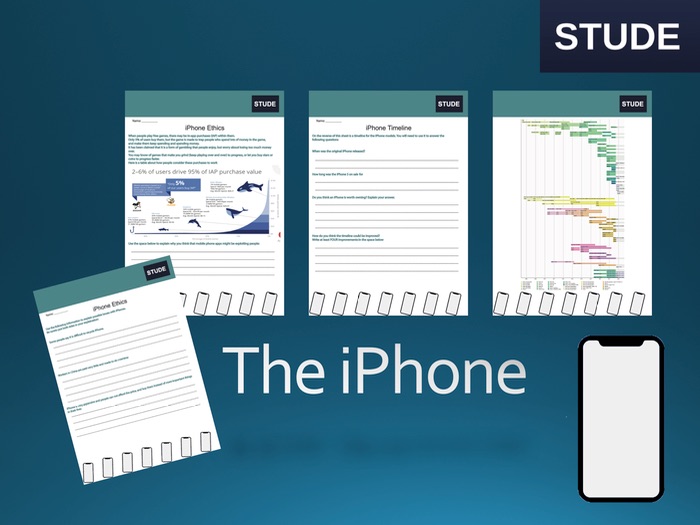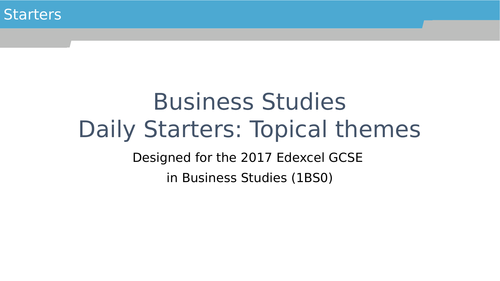
546Uploads
228k+Views
80k+Downloads
All resources

National Minimum wage: GCSE Business for Edexcel (9-1) (1BS0)
Material on the national minimum wage.
Specification: GCSE Business for Edexcel (9-1) (1BS0)
1.5.3 Legislation and business
Contains activities and presentation for your students.

Business Cycle and Economic Growth: GCSE Business for Edexcel (9-1) (1BS0)
Material on the business cycle and economic growth.
Specification: GCSE Business for Edexcel (9-1) (1BS0)
Part of section 1.5.4 The economy and business

What is a business plan: GCSE Business for Edexcel (9-1) (1BS0)
What is a business plan worksheet
Specification: GCSE Business for Edexcel (9-1) (1BS0)
Part of section 1.5.4 Business plans

Types of Business LTD and PLC: GCSE Business for Edexcel (9-1) (1BS0)
Material on types of business liability for Ltd and PLC companies
Specification: GCSE Business for Edexcel (9-1) (1BS0)
Part of section 1.4.1 The options for start-up and small businesses, contains full lesson and homework.

Cash flow: GCSE Business for Edexcel (9-1) (1BS0)
Cash and cash flow
Specification: GCSE Business for Edexcel (9-1) (1BS0)
1.3.3 Cash and cash-flow

Market Research: GCSE Business for Edexcel (9-1) (1BS0)
Market research
Specification: GCSE Business for Edexcel (9-1) (1BS0)
1.2.2 Market research, includes innovative exercise and presentation to run through with your students.

Quicksort - Lesson pack
Tried and tested quicksort resources. Do not depend on any particular language, here is a presentation to help a teacher deliver the content along with worksheets.

5.2 Sources of Finance for OCR GCSE (9-1) in Business 1
For the OCR GCSE (9-1) J204
Business presentation and worksheet - full resource pack. This means it has a full PowerPoint set and worksheet resource.

Cash Flow Lesson for GCSE Business Studies
Presentation, resources and video for GCSE Business Studies.
Video support: https://youtu.be/-zdUV36oUX0

Photographic Composition
Presentation representing composition and a set of activities suitable for students.

Fruitbots Lessons for KS3 Computing
Lessons based around http://fruitbots.org/
Fruitbots enable students to explore algorithmic and computational thinking.
Suitable for both KS3 and GCSE students.

Generalisation lesson Computing (late KS3 or GCSE)
Full lesson to explain generalisation to your students
Learning objectives:
To understand that patterns are important using algorithms
To know that generalisation helps us to create programs
This is taught by tic-tac-toe and counting rectangles. An enjoyable lesson for the students.

Select the candidate activity for GCSE Business studies
Activity where students select the candidate for GCSE Business Studies.
They choose which candidate they think can best do the job stated.
Great activity that can be used in groups or individually.

Thinking skills for GCSE Computing
Cards that can be cut out or used as a display for thinking skills in computing. Very important for classes!

The Purpose of the CPU Revision Pack for OCR Computer Science
Revision pack for the purpose of a CPU. Designed for OCR Computer Science (9-1) J276 but is more than useful for Computer Science students studying AQA and other exam boards.
Contains a revision booklet for the students, and a questioning activity
Bundle

Countable and uncountable nouns KS3 bundle
Collection of worksheets and posters for countable and uncountable nouns.
Created for KS3 classes.

iPhone presentation and lesson resources
Today the iPhone 11 has been launched by Apple at an event in California.
But what do our students think of the pressure that comes with needing to have a new phone each and every year? What are the ethics around purchasing a new phone? What about the way that you are tempted to make inapp purchases on your phone?
This resource is designed to help you!
A series of great resources around the iPhone.
Presentations: iPhoneHistory
Worksheets:
Timeline
Timeline2
Ethics
Microtransactions
Activities:
iPhonehigherlower
Can be used in
Computing / ICT
Citizenship
Tutor time
Assemblies

Business Studies (Edexcel 1BS0) Topical Events - Xmas, Easter and Christmas events
125 slides that give ideas for starters and ideas for events throughout the year.
They are organised into the following topics:
1.1 Enterprise and entrepreneurship
1.2 Spotting a business opportunity
1.3 Putting a business idea into practice
1.4 Making the business effective
1.5 Understanding external influences on business
Each subtopic has the reference to the syllabus.

Dijkstra's Algorithm for Maths
Dijkstra’s Algorithm
The way I would run this is to talk through the motivation for the algorithm from the presentation, and give the terminology worksheet to be filled in (answer in the presentation). We’d then work through the brute force worksheet. I might then run through the example, then give them the simple graph to fill in. Than we would work through TaskGraph1 for the graphs. Then I might get them to either code, or come up with graphs for them to solve in small groups or in pairs.
Included:
TPT presentation
Labels to fill in worksheets to give structure for the students to fill in answers
TaskGraph1 3 graphs to run Dijkstras on.
AnswerGraph1 and 2 -answers for the graphs
Brute force worksheet and brute force worksheet answers












